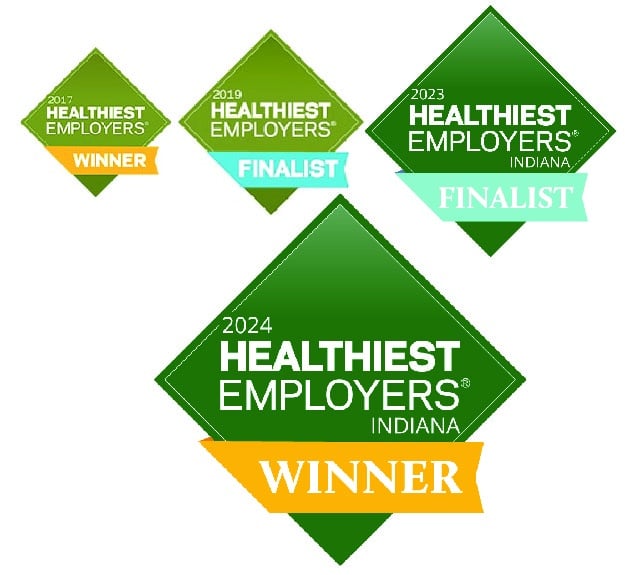Why Health Insurance Costs Keep Rising (And How We Keep Them Down)
BY RYAN SPENCER

For most businesses, health insurance premiums rise 8-12 percent every year. These meaty rate hikes have grown so common, employers rarely fight them. In fact, many see a five or six percent year over year increase as a small victory. The good news: Employers can effectively reduce their spend if they understand the factors behind the price hikes.
Some of the causes behind the price increases, like inflation and new product offerings, are expected within any industry. But health care is also subject to other factors—factors that are completely addressable. Unfortunately, few health insurance providers are making an effort to fix these problems. These include:
- Poorly-rated doctors and surgeons. As we’ve discussed in the past, surgeries conducted by low-skilled surgeons may require invasive follow-up surgeries, long bouts of physical therapy, and expensive medications.
- Fraud, waste, and abuse. Around 30% of the average company’s health care spend is a result of unnecessary services, fraud, waste, abuse, and excessive administrative costs. We’ve seen instances where men have been billed for pregnancy tests and individuals who received three screws in a knee surgery were billed for 20.
- Confusion within the system. Even hospitals struggle to predict the price of a service because there are so many pieces involved. Without a set rate, costs become unpredictable.
- Enormous profit opportunities for health care providers, hospitals, and pharmaceutical companies. As an example, a recent report found that Express Scripts Holding, a company that processes pharmaceutical claims, earns $3.8 million in revenue per employee. As a publicly-traded company, their goal is to increase this number each year for the benefit of shareholders, and that means higher prices for consumers.
When these problems coexist, they begin to compound each other. We saw one horror story in which a doctor diagnosed a patient with a specific type of cancer. He was so convinced he was correct, he skipped ordering a blood test and prescribed a $200,000/year medication. Luckily, the nurse refused to push the prescription through until the blood test was performed. After the doctor caved, the blood test showed the doctor's diagnosis had been incorrect. With the proper diagnosis in place, the patient was put on a medication that cost 60% less.
Medical mishaps like these directly contribute to the 8-12 percent rate increase each year. Once you start addressing the root causes, however, you can reverse the trend and begin saving year over year on your health insurance costs.
How We’re Keeping Costs Down
Overcoming the annual rate increases starts with a data-driven approach. With the right information, we can make strategic, informed decisions that increase the quality of care without raising prices.
In working with our clients, we leverage key partnerships that enable us to police fraud and waste among vendors. To catch them in the act, we audit bills, vet prescriptions, look for alternative prescription providers, and we actively research the quality of care from health care providers. Among pharmacies, for example, one of the most common areas of waste we encounter falls is the pharmacy realm. Doctors prescribe medications that aren’t covered under the employee’s health insurance. By quickly catching these issues, we can better select pharmacies that will partner with us to maintain low costs.
While our partners are important to our success, our internal teams act as watchdogs for each employer’s data. We’re vigilant for additional nefarious behavior. With this data, we design plans that are fraud-resistant from day one but also have the flexibility to evolve over time to prevent wasteful spending in the future.
When we are equipped with the right data, we can pick the best doctors, eliminate fraud, and achieve greater clarity into the system. If your company wants to reduce, eliminate, or potentially reverse rising health insurance premiums, anti-waste and anti-fraud measures are critical. By working closely with partners who actively challenge expenses, you and your employees can see the outcomes they deserve: lower costs and better care.












